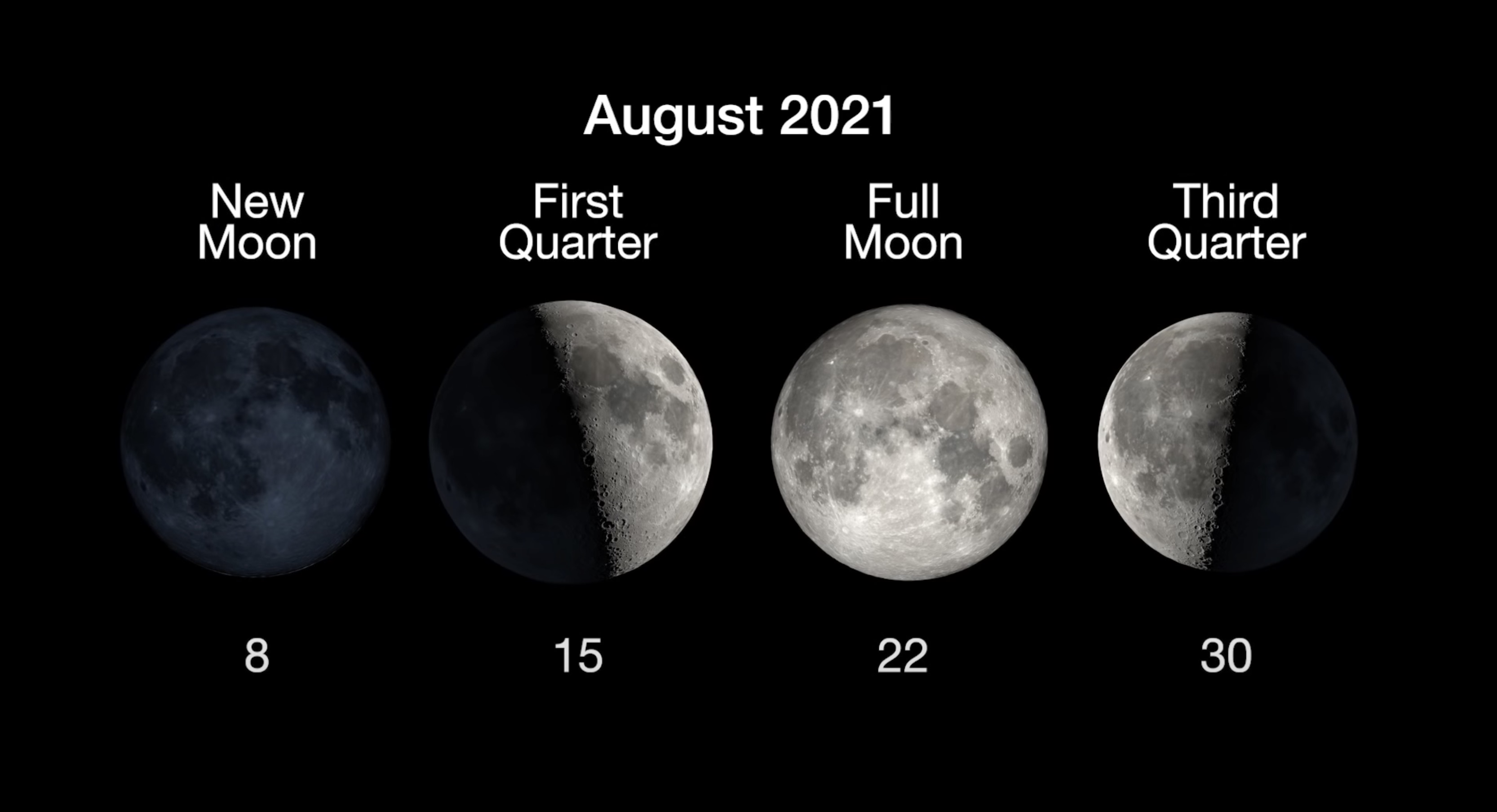
Be sure to wear proper eclipse glasses to view solar eclipses safely as the sun's light can be damaging to the eye.Ī partial solar eclipse on October 25 will be visible to those in Greenland, Iceland, Europe, northeastern Africa, the Middle East, western Asia, India and western China.

Partial solar eclipses occur when the moon passes in front of the sun but only blocks some of its light. There will be one more total lunar eclipse and a partial solar eclipse in 2022, according to The Old Farmer's Almanac. These are the popularized names associated with the monthly full moons, but the significance of each one may vary across Native American tribes. There will be six more full moons in 2022, according to The Old Farmers' Almanac: This full moon corresponds with the Hindu festival Vat Purnima, a celebration where married women tie a ceremonial thread around a banyan tree and fast to pray that their spouse lives a long life.įor Buddhists, this moon is the Poson Poya moon, named after the holiday celebrating the introduction of Buddhism in Sri Lanka in 236 BC. Additionally, the name honey moon may refer to June's reputation as a popular month for marriages. In Europe, this moon is often called the honey moon or the mead moon, and historical writings from the region suggest that honey was ready for harvest around the end of the month. The Haida people refer to the moon as the berries ripen moon, according to The Old Farmer's Almanac. The name strawberry moon is rooted in the traditions of Indigenous groups in the Northeastern U.S., including the Algonquin, Ojibwe, Dakota and Lakota communities that saw the celestial event as a sign that strawberries, and other fruits, were ripe and ready to be gathered. He also urges people to stay away from bright lights if possible for maximum visibility. Petro recommends that moon gazers seek out a clear horizon and avoid areas with tall buildings and thick forestry.
NEXT FULL MOON 2021 SERIES
A series of weak storms will move through the Northeast and Great Lakes regions early in the week, creating cloudy conditions that will make it difficult to get a clear view, CNN meteorologist Gene Norman said. The best views of June's full moon in the United States will be in the southern half of the country and the Southwest. ( The Old Farmer's Almanac's calculator can help you find out what time the moon rises and sets in your location.) The ideal time to look at the moon is when it is rising or setting since that's when it will appear the largest to the naked eye, said Jacqueline Faherty, an astrophysicist at the American Museum of Natural History. However, the noticeable change in brightness enhances visibility and creates a great opportunity for people to begin paying attention to the moon and its phases, said Noah Petro, chief of NASA's Planetary Geology, Geophysics and Geochemistry Lab.

To a casual observer, the supermoon may appear similar in size to other moons.

While there is no single definition, the term supermoon generally refers to a full moon that appears brighter and larger than other moons because it is at its closet orbit to Earth. This year's strawberry moon is the first of two consecutive supermoons.

ET Tuesday but will not be fully visible in North America until moonrise. The moon will appear full from Sunday moonrise to Wednesday moonset, according to NASA. June's full moon, the strawberry moon, will illuminate the sky this week.


 0 kommentar(er)
0 kommentar(er)
